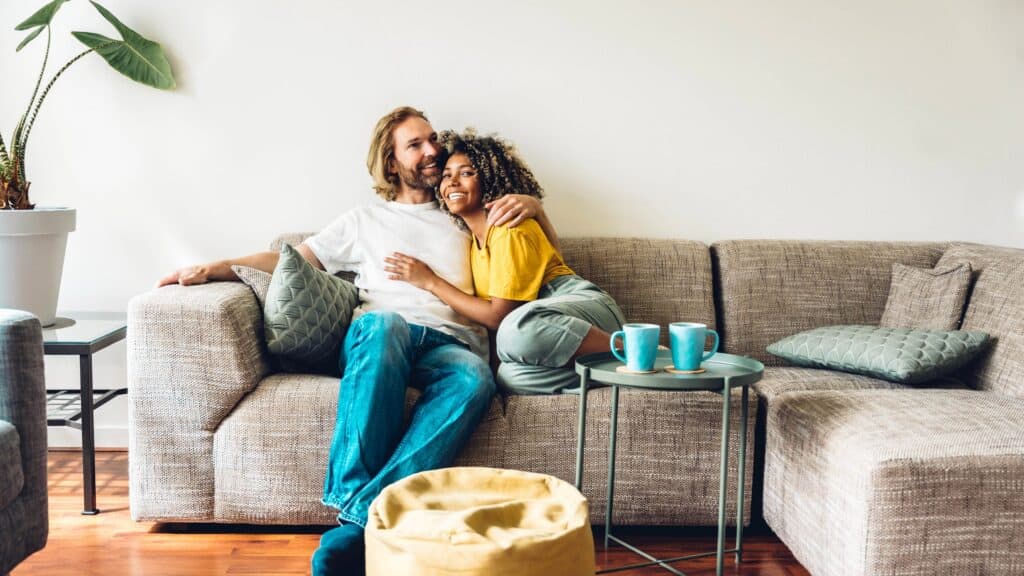Introduction
The journey of buying and selling a home can be a complicated and often stressful process, especially when there’s a need to synchronise the sale of one property with the purchase of another. This is where bridging finance comes into play, offering a temporary financial solution to bridge the gap between selling your current home and purchasing a new home. In this article, we will explore the concept of bridging finance for residential mortgages, its benefits, risks, and how it can be a valuable tool for homeowners.
Understanding Bridging Finance
Bridging finance, also known as a bridge loan, is a short-term loan that provides the necessary funds to purchase a new property while you await the sale of your existing one. It essentially “bridges” the financial gap between these two transactions. It is typically used in situations where the sale of a property is expected, but not yet complete, and the funds from that sale are needed to secure a new property.
Benefits of Bridging Finance
1. Seamless Transition:
Bridging finance allows homeowners to make a smooth transition from their old home to a new one without having to deal with the stress and inconvenience of temporary housing arrangements.
2. Competitive Bidding:
In a competitive real estate market, bridging finance can be a game-changer. It enables buyers to make strong offers on their dream homes without waiting for the sale of their current property, which can be a compelling factor for sellers.
3. Timing Flexibility:
Bridging finance provides flexibility in terms of timing, allowing homeowners to move when it suits them, rather than being forced into a rushed sale due to financial constraints.
4. Property Renovations:
It can also be used to finance renovations on the new property, enhancing its value and making it more suitable for the homeowner’s needs.
Risks Associated with Bridging Finance
While bridging finance offers several advantages, it’s essential to be aware of the potential risks:
1. Interest Rates:
Bridging loans typically have higher interest rates compared to traditional mortgages, which can lead to increased costs if the sale of the old property is delayed.
2. Property Market Fluctuations:
Market conditions can affect the sale price of your old property, which may not align with your expectations.
3. Repayment Challenges:
If the sale of the old property takes longer than expected, repaying the bridging loan can become a financial burden.
4. Eligibility Criteria:
Qualifying for a bridging loan can be challenging, as lenders often require a solid financial profile and a clear repayment plan.
How to Secure Bridging Finance
To obtain bridging finance for your residential mortgage, consider the following steps:
1. Research Lenders:
We will start by researching reputable lenders who offer bridging finance and compare their terms and interest rates.
2. Ensure a Clear Exit Strategy:
Lenders will want to see a clear plan for repaying the bridging loan, so we will ensure you have a strategy in place.
3. Organise Your Finances:
Ensure your financial documents are in order, as lenders will require proof of income, existing mortgage details, and other financial information.
Conclusion
Bridging finance for residential mortgages can be a valuable tool for homeowners looking to make a seamless transition between properties. It offers flexibility and convenience, allowing you to secure your dream home while waiting for the sale of your old one. However, it’s crucial to understand the associated risks and ensure that you have a solid repayment plan in place to make the most of this financial solution. With careful planning and the right guidance, bridging finance can make the transition to your new home a much smoother process.






